Risk analysis of new office building construction
VerifiedAdded on 2022/11/18
|7
|720
|388
AI Summary
This document provides a risk analysis of new office building construction including risk factors, probability, impact, qualitative risk assessment, and calculation of fully loaded cost of labor.
Contribute Materials
Your contribution can guide someone’s learning journey. Share your
documents today.
1 out of 7
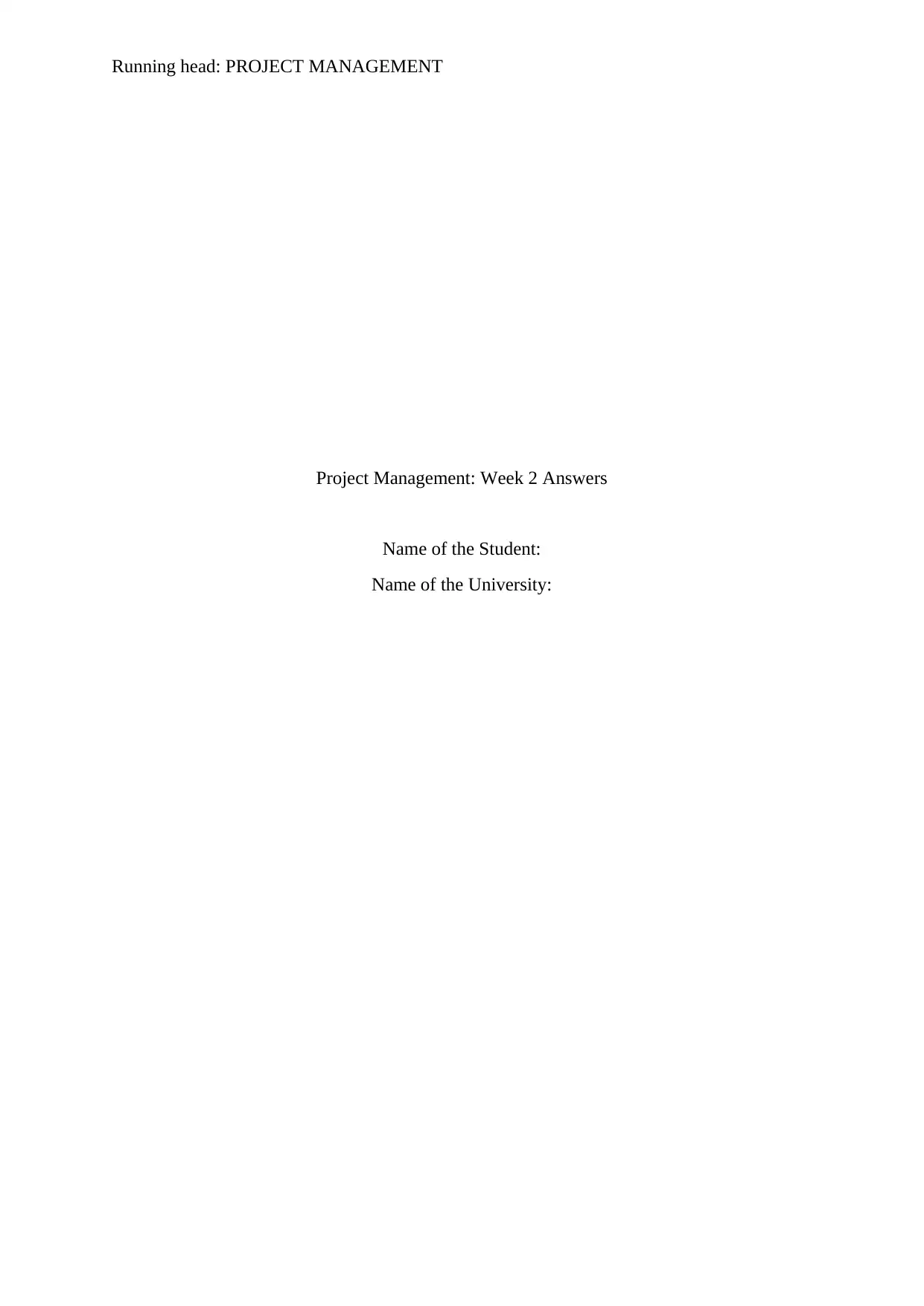

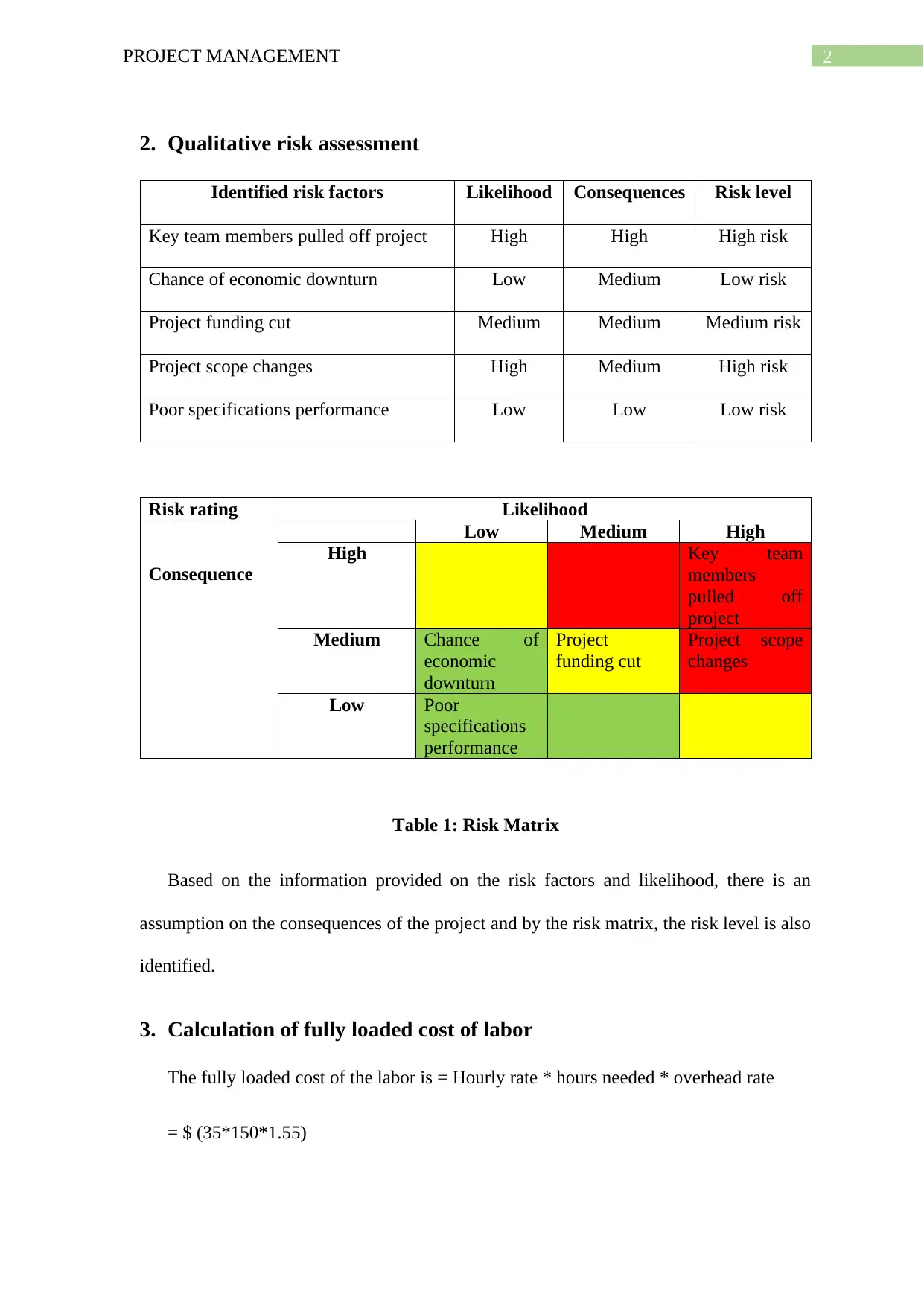
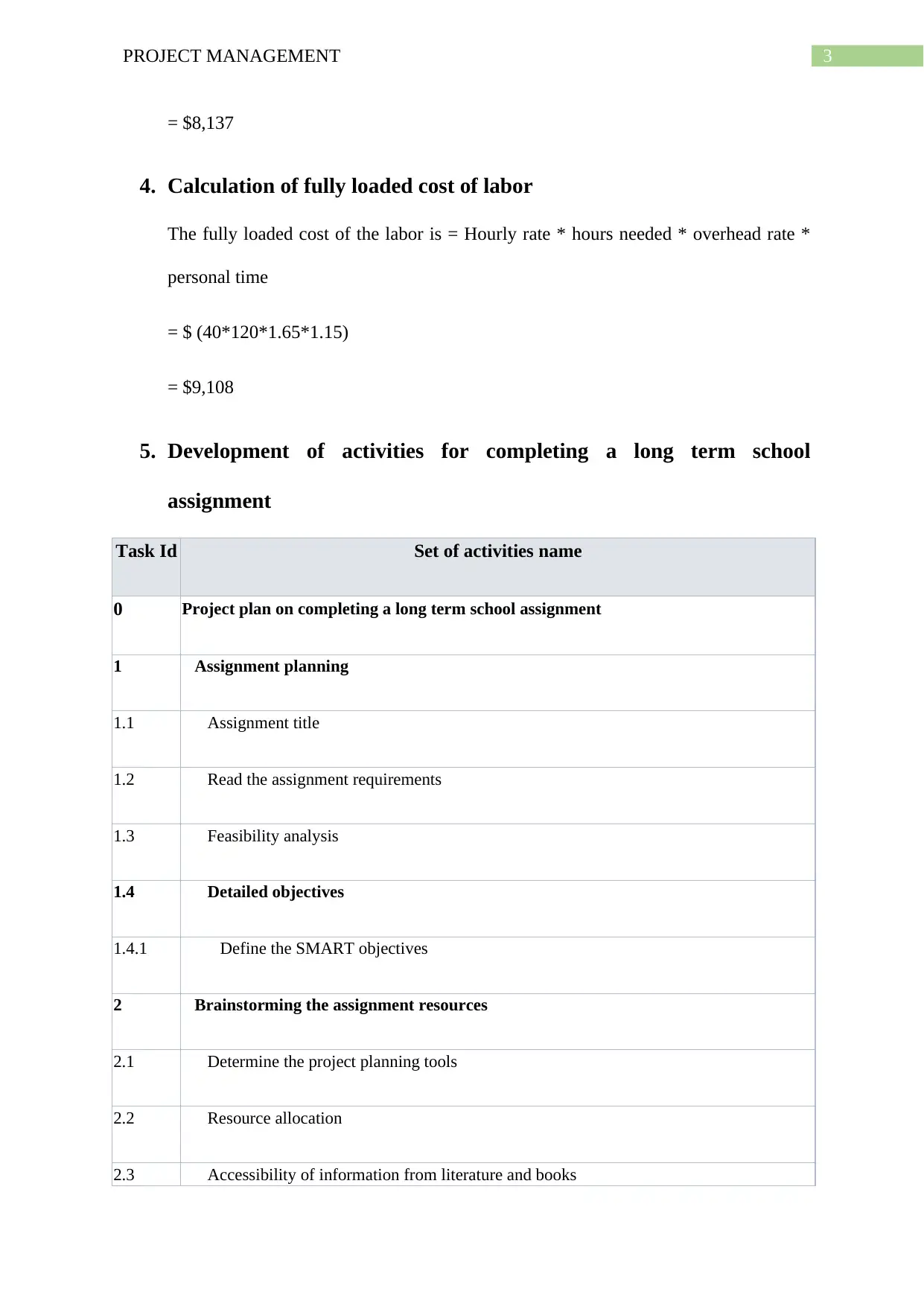
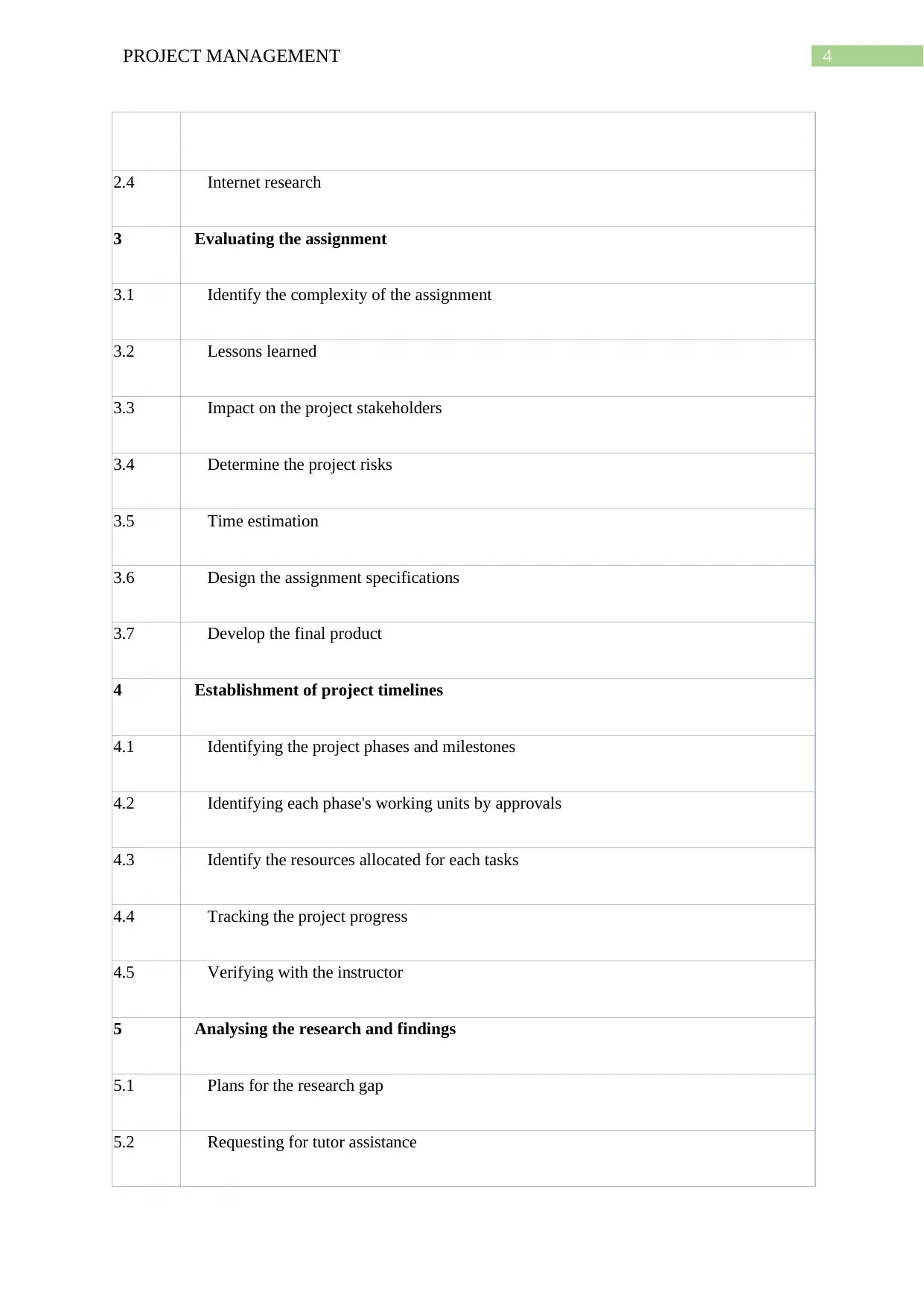
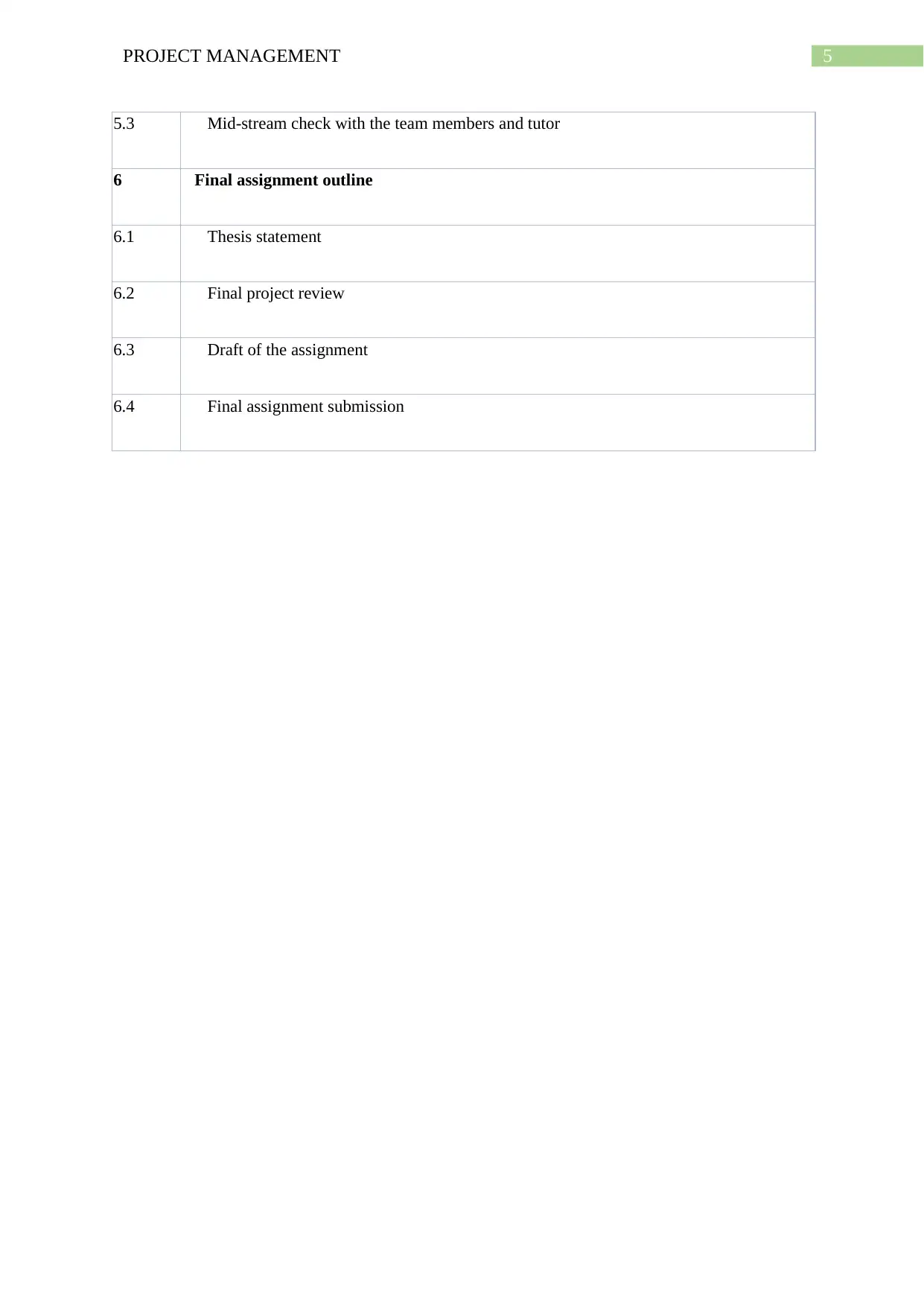







![[object Object]](/_next/static/media/star-bottom.7253800d.svg)